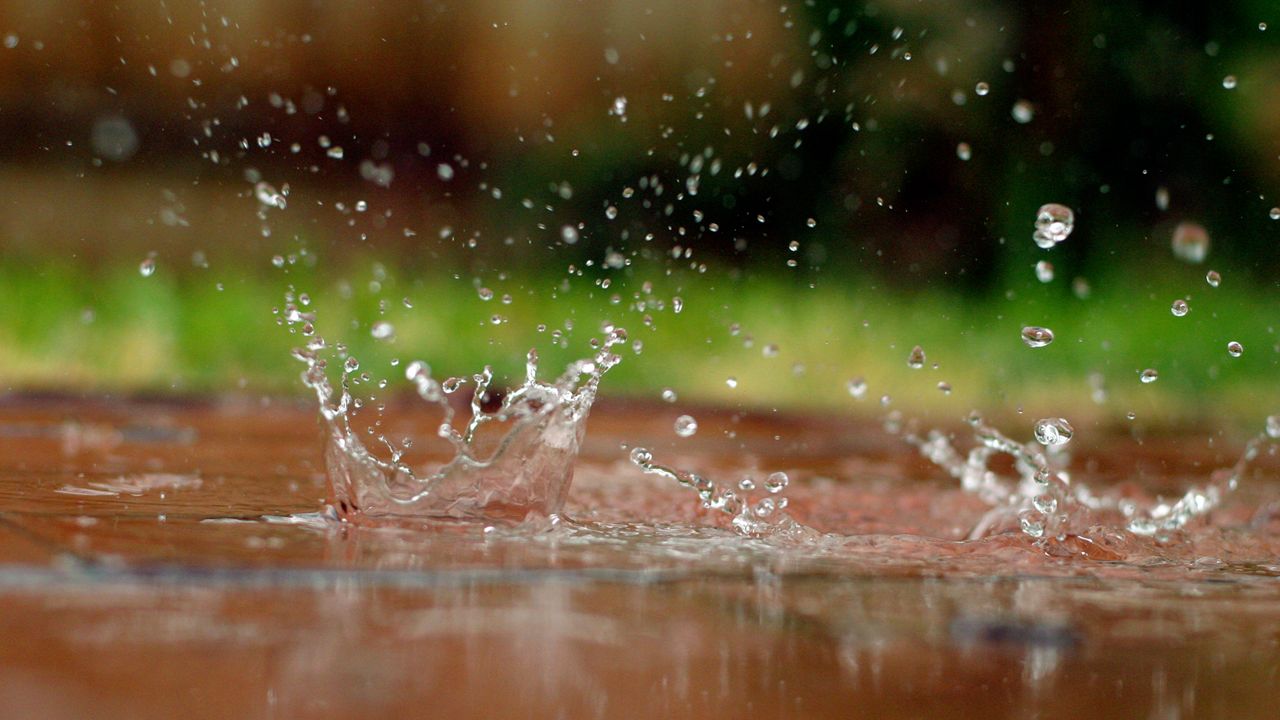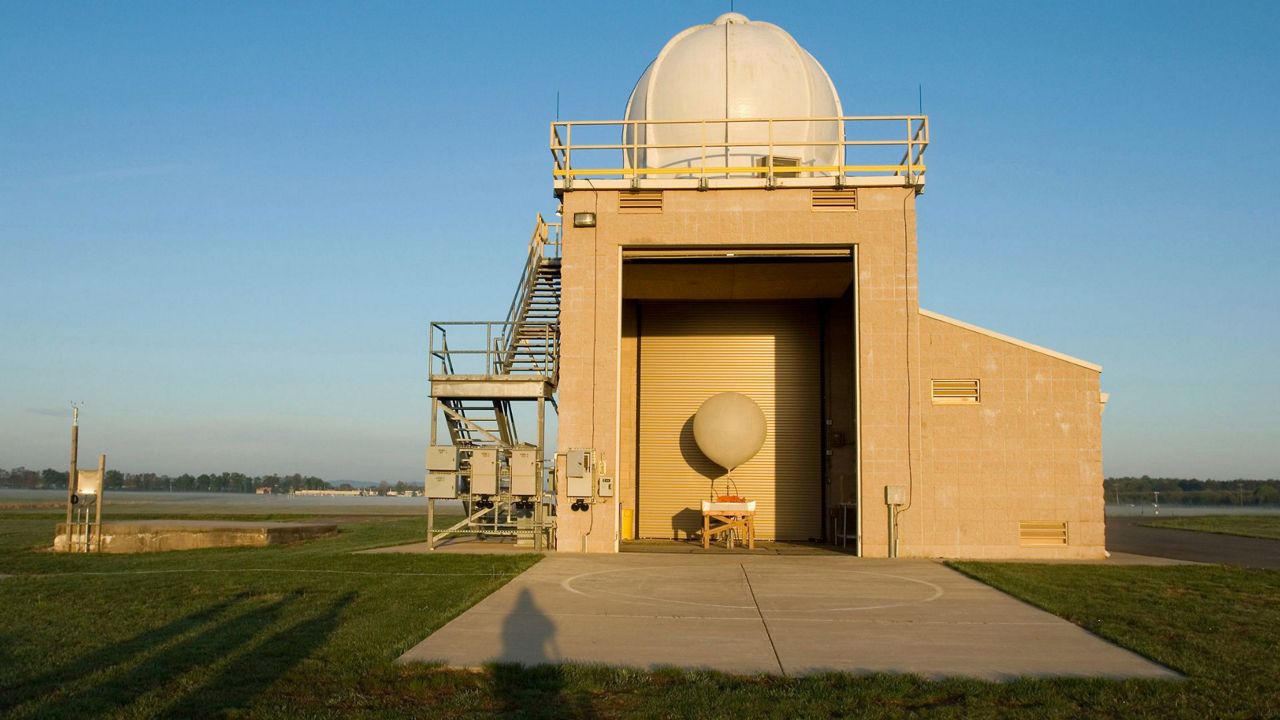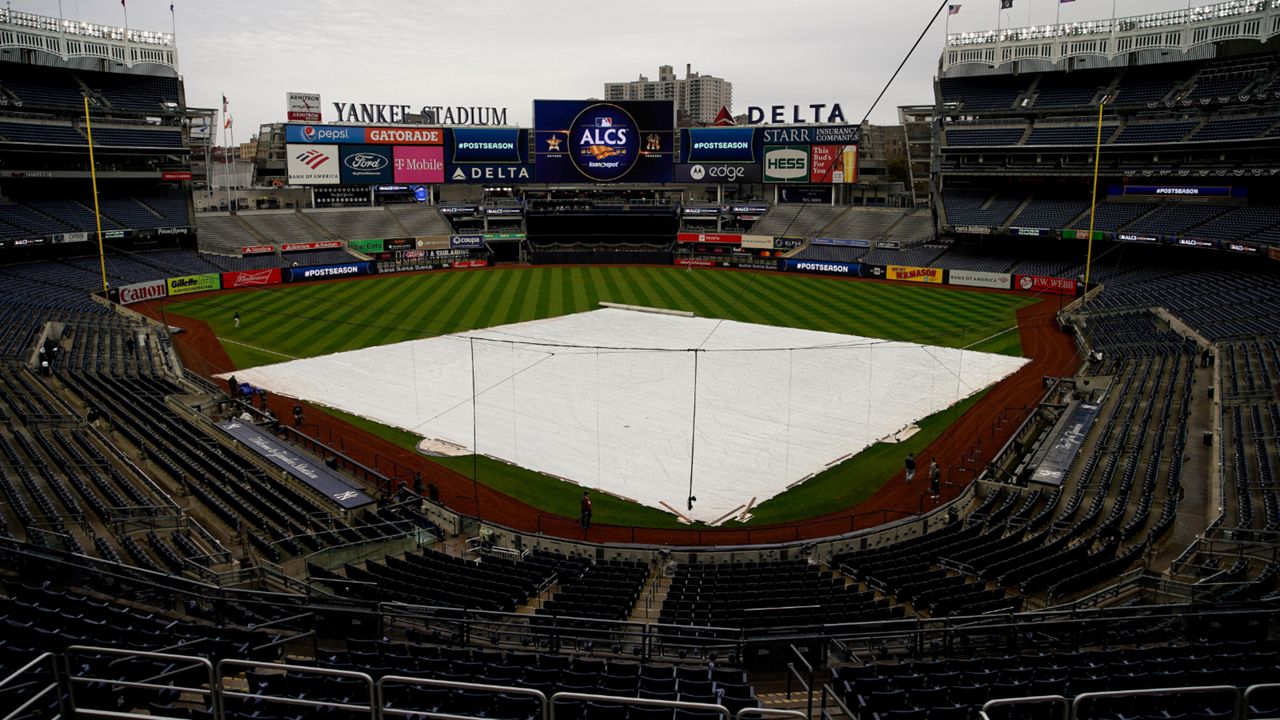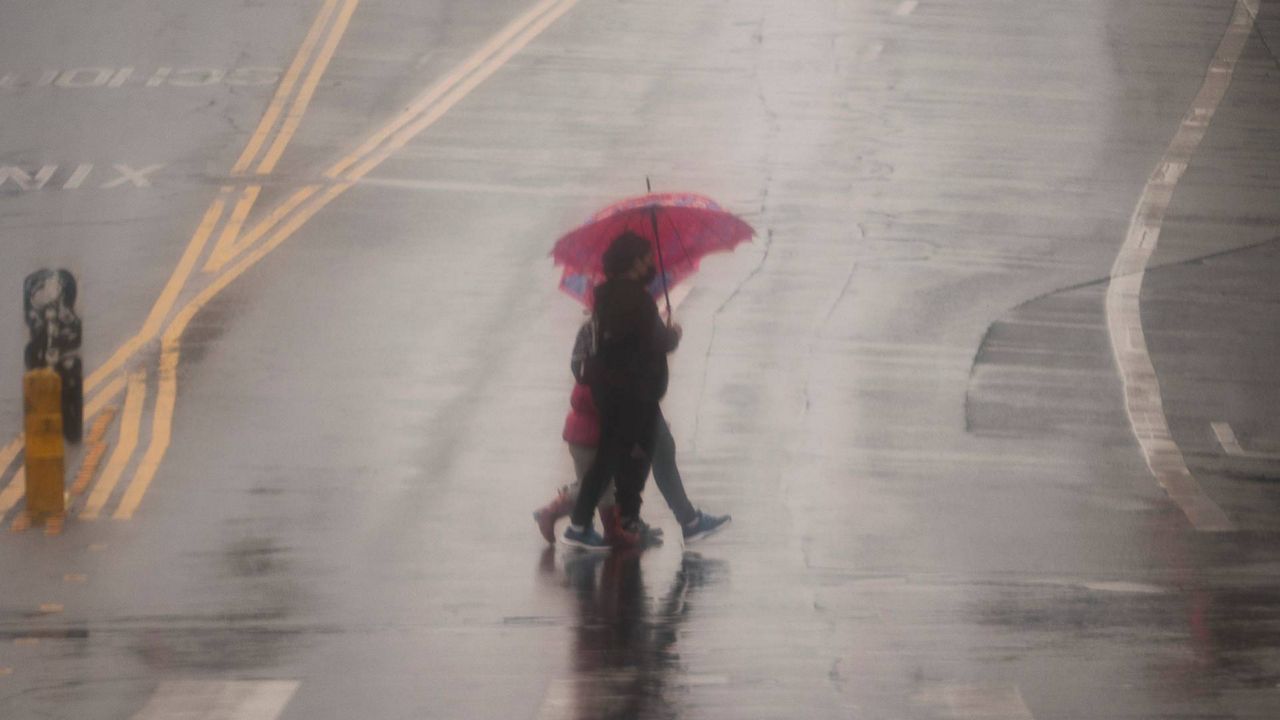Just like hurricanes and tornadoes are rated on a scale of 1 to 5, landfalling Pacific storms, known as Atmospheric Rivers or ARs, are also categorized on a scale of 1 to 5.
These storms are known as Atmospheric Rivers (AR) and can cause major damage but also provide much needed rain to the West Coast.
Picture an AR as a firehose of water spraying up and down the West Coast. Sometimes they stall over one location as one did for 100 hours in Central California. Sometimes the AR swing south, stall, and then move back north. These ARs are driven and directed by high and low pressure systems.
This AR rating scale began in 2017. The AR Scale is based on a combination of intensity and duration.
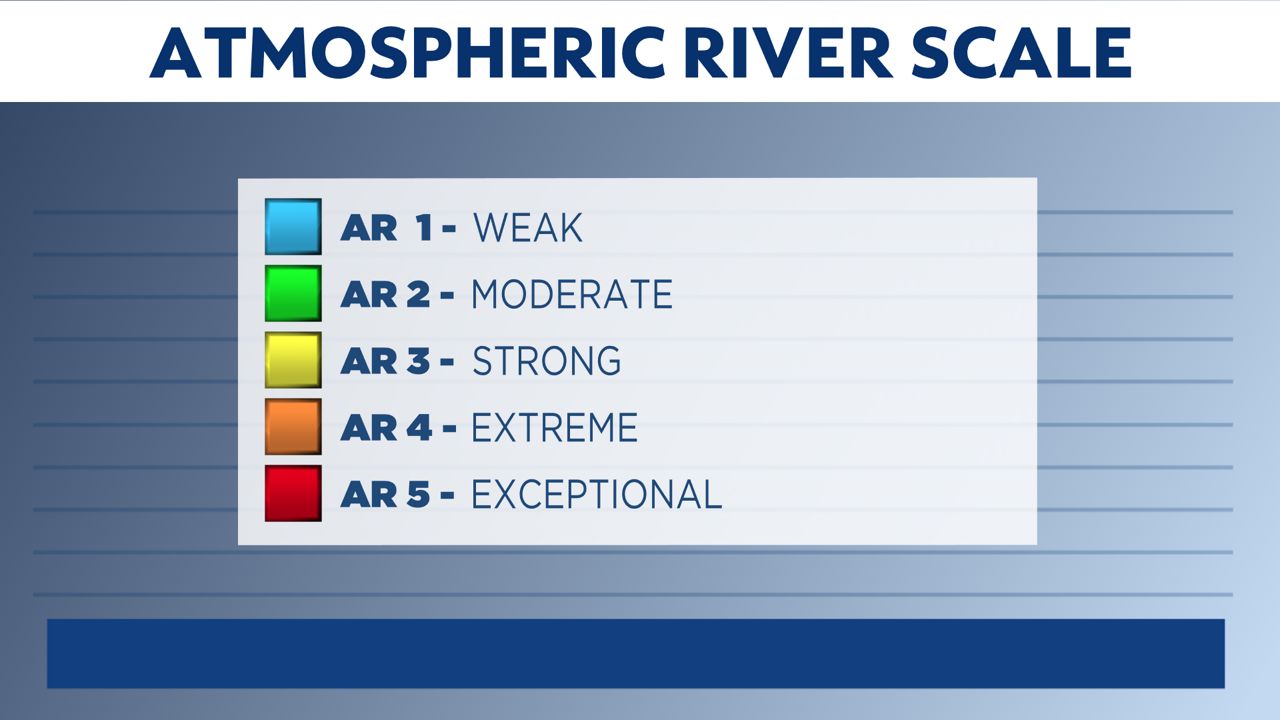
Intensity is maximum water vapor transport over an area for a period of 24 to 48-hours. If the AR lasts for less than 24-hours over an area, then it is demoted by 1 category. If it lingers for more than 48-hours then it is promoted by 1 category.
On the low end, a Category 1 AR, which is considered weak, provides beneficial rain to the drought stricken West Coast. On the opposite end of the scale, a Category 5 AR, which is exceptional, can cause major damage and flooding.
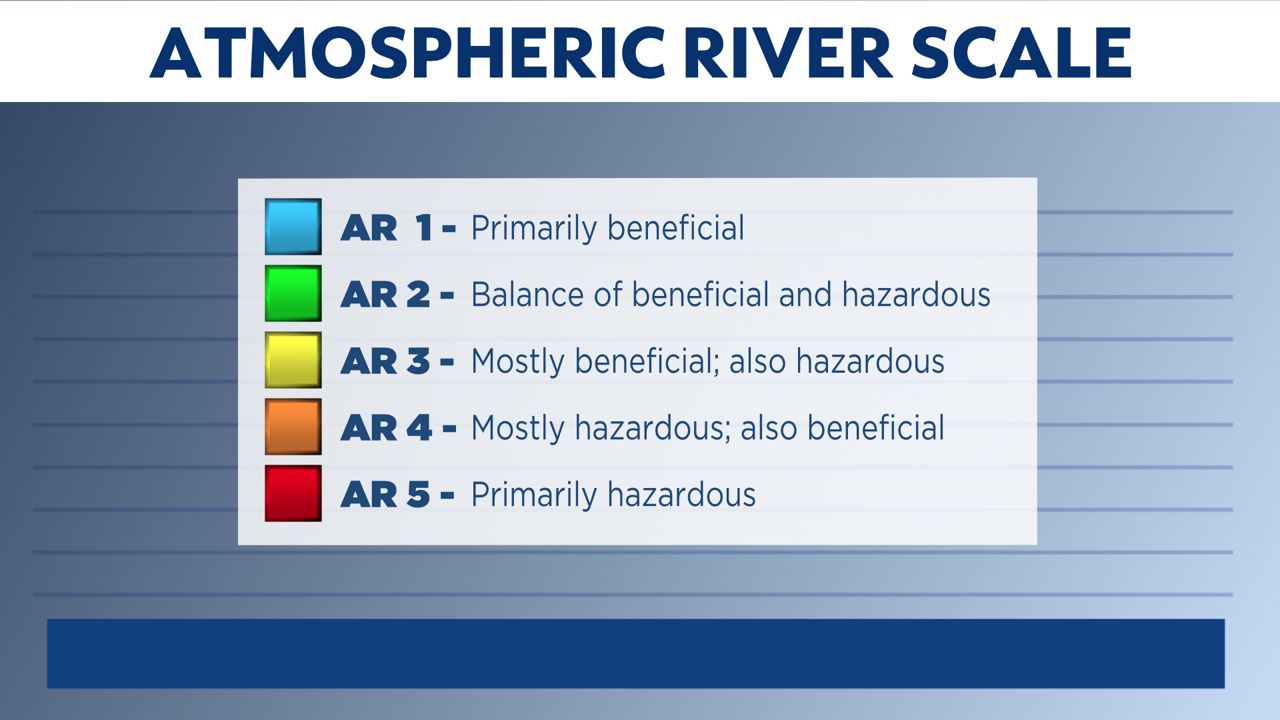
One of the higher-end AR lasted for more than 100 hours along the Central Coast of California from Dec. 29, 2016 to Jan. 3, 2017. The rain and runoff caused more than 1 billion dollars in damage.






